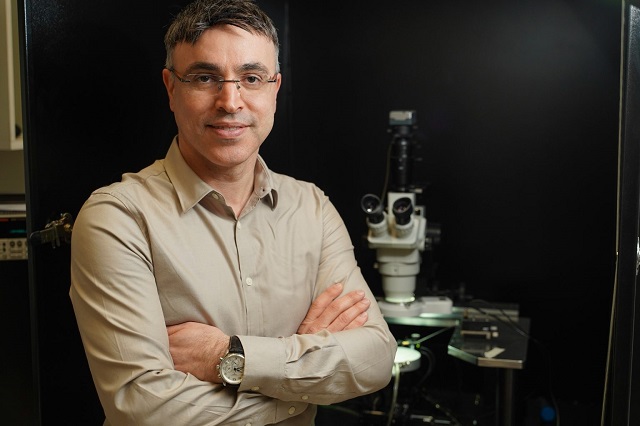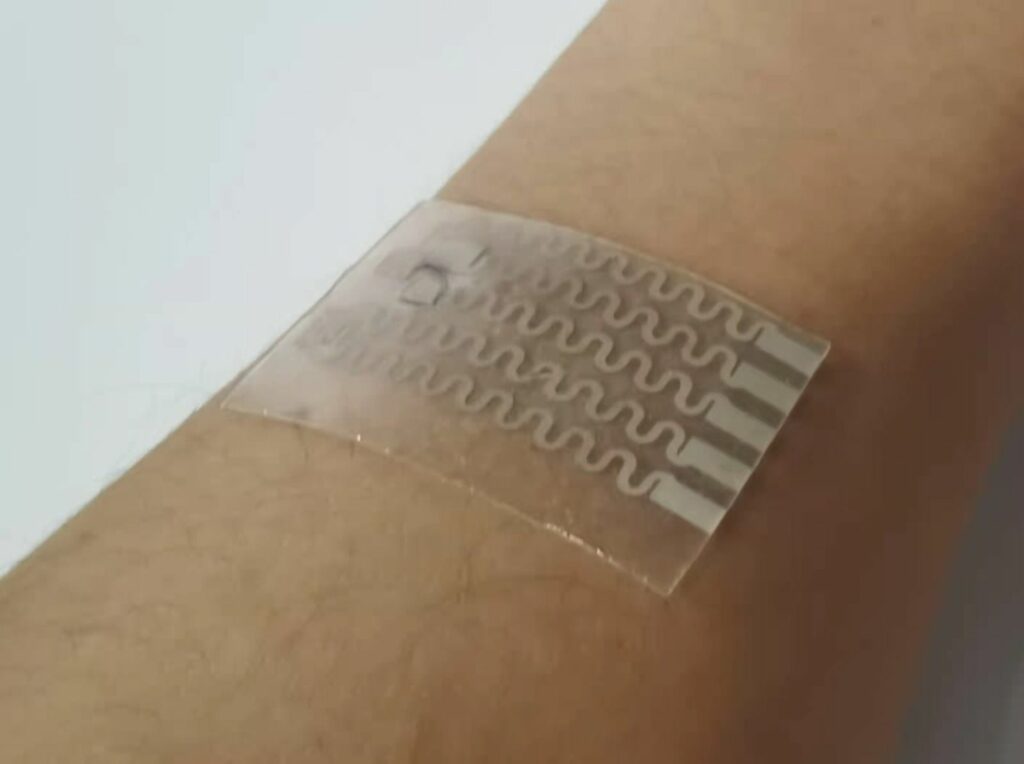
“Sutures? That’s practically medieval!”
Sutures are frequently mocked in science fiction as being out of date. After all, the method has been in use for at least 5,000 years. Medical science should have progressed since ancient Egypt, right?
Professor Hossam Haick of the Technion’s Wolfson Department of Chemical Engineering has finally made science fiction a reality. His lab was successful in developing a smart suture-less dressing that prevents infection, binds the wound together, and sends wound condition straight to the doctors’ computers.
Will you offer us a hand? Every gift, regardless of size, fuels our future.
Your critical contribution enables us to maintain our independence from shareholders or wealthy owners, allowing us to keep up reporting without bias. It means we can continue to make Jewish Business News available to everyone.
You can support us for as little as $1 via PayPal at office@jewishbusinessnews.com.
Thank you.
The findings were reported in the journal Advanced Materials.
Current surgical procedures include the surgeon cutting the human body, doing what has to be done, then stitching the wound shut — an invasive procedure that harms healthy tissue around the wound.
Some sutures disintegrate naturally – or should breakdown naturally – as the wound heals. Others must be deleted manually. The wound is subsequently dressed, and medical workers monitor it by removing the dressing to look for signs of infection such as swelling, redness, and heat.
This operation is unpleasant for the patient and interferes with healing, but it is unavoidable. Working with these approaches also means that illness is frequently identified late, because observable indicators take time to appear, and it takes even longer for the inspection to get around and observe them. In developed countries with adequate sanitation, approximately 20% of patients have infections after surgery, demanding further treatment and lengthening the time to recovery. In undeveloping countries, the figure and implications are far worse.

How will it work with Prof. Haick’s new dressing?
Prior to initiating an operation, Prof. Haick’s dressing – similar to a smart band-aid – will be applied to the site of the scheduled incision. After that, the incision will be made through it. Following surgery, the two ends of the wound will be pulled together, and the dressing will bind itself together, holding the wound closed, in the same way that sutures do.
The dressing will then continuously monitor the wound, track the healing process, look for indicators of infection such as changes in temperature, pH, and glucose levels, and report to the medical personnel’s smartphones or other devices. In addition, the dressing will discharge medicines onto the wound area, avoiding infection.
“I was watching a movie on futuristic robotics with my kids late one night,” said Prof. Haick, “and I thought, what if we could really make self-repairing sensors?”
Most people dismiss their late-night movie-inspired ideas. Prof. Haick, on the other hand, began researching and making arrangements the very next day after his Eureka moment.
In 2015, the first publication on a self-healing sensor was made (read more about it on the Technion website here). The sensor needed about 24 hours to repair itself at the time.

By 2020, sensors were healing in under a minute (see about the work by Muhammad Khatib, a student in Prof. Haick’s group here ), but while it had many possibilities, it was not yet biocompatible, meaning it could not be used in contact with skin or blood. The next stage was to develop a polymer that was both biocompatible and self-healing, which was accomplished by postdoctoral researcher Dr. Ning Tang.
The new polymer, consisting of sulfur and nitrogen, is structured like a molecular zipper: the surgeon’s scalpel opens it, and when squeezed together, it closes and holds fast. Electric conductivity and sensor array integration are provided by integrated carbon nanotubes. In tests, wounds closed with the smart dressing healed as quickly as those fixed with sutures and had lower infection rates.
“It’s a novel approach to wound care,” Prof. Haick remarked. “We incorporate fourth-industrial-revolution innovations – smart networked gadgets – into the day-to-day treatment of patients.”



